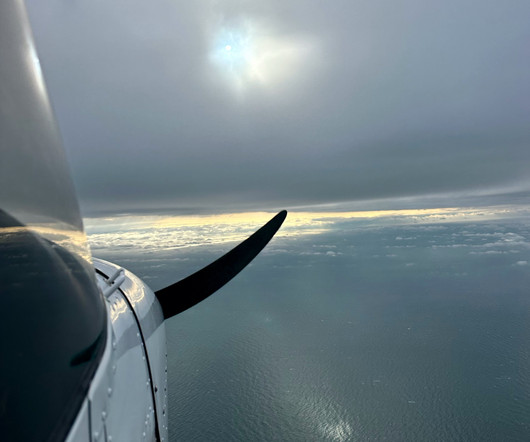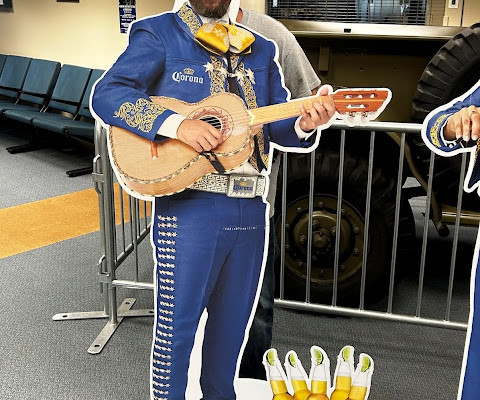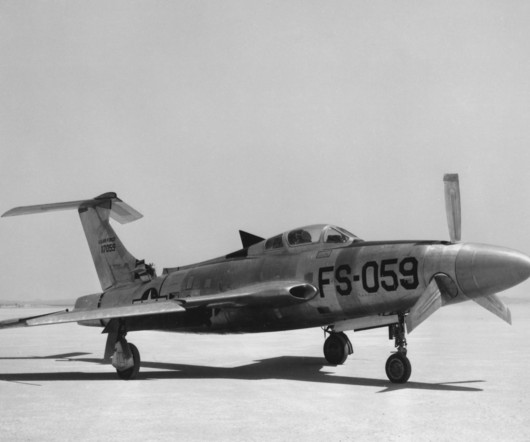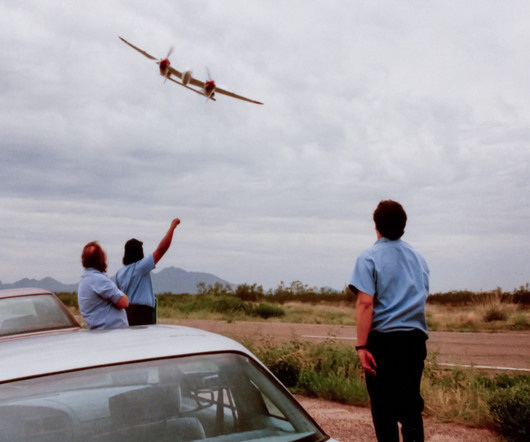Understanding Left-Turning Tendencies in Airplanes
Northstar VFR
MARCH 16, 2025
One of the fundamental aerodynamic concepts in aviation isleft-turning tendenciesthe natural forces that cause an airplane to yaw or roll left, particularly in a single-engine, propeller-driven aircraft. Torque is most noticeable when power is applied suddenly for example, during takeoff. Lets take a quick look at all four of them: 1.


















Let's personalize your content